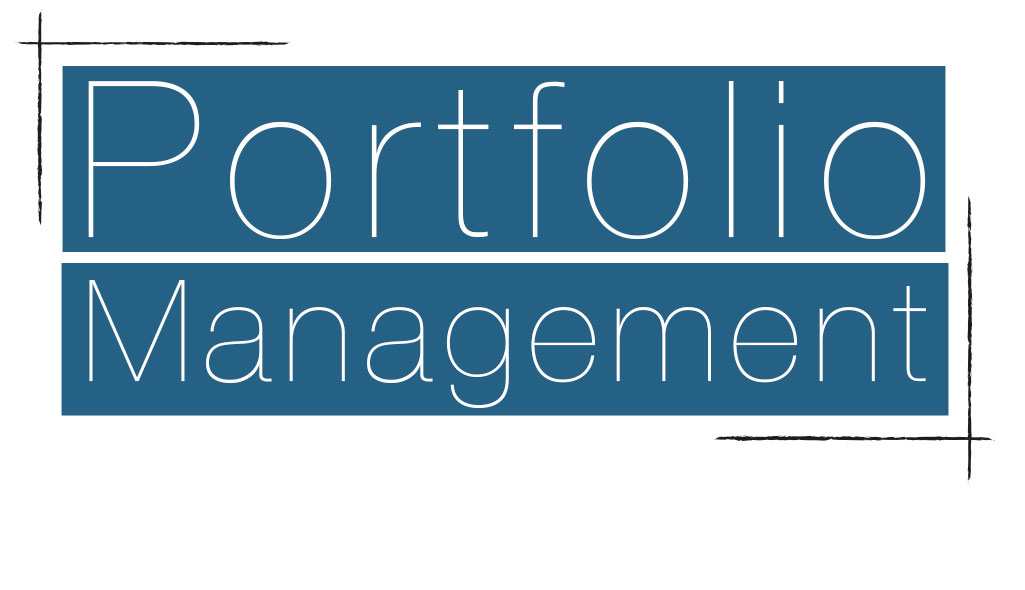
Pro Talk
Once upon a time, an artist’s ‘book’ was the only way they could show off their work to prospective clients. And establishing and maintaining a portfolio in the form of a physical book was one of those catch-22 situations for anyone wanting to embark on a career in make-up.Portfolio Management
Thankfully, nowadays an artist’s portfolio can come in a variety of formats, from the traditional book, to a website and even social media - and what suits the individual make-up artist is dependent on experience, time and resources, and who they want to impress.
A portfolio grows as a make-up artist grows, and social media is a perfect place to start – but however you choose to display your work, you should always be your own harshest critic and select the very best pieces that represent your work.
Here’s the lowdown on portfolio options…
Get social
Instagram and Facebook have changed the face of portfolios in the make-up industry. Not only is it possible for all MUAs, regardless of experience, to showcase their best work, it’s also a convenient and useful resource for prospective employees to check you out.Paul Merchant, Global Head of Make-up at Kryolan suggests separate accounts for your professional self: “It makes sense to keep your personal accounts separate so you can use your professional profiles purely to promote the very best of your work, connect with industry insiders and make a name for yourself in the industry.
“When using Instagram, take your cues from the world’s leading MUAs, and curate your social media channels to show off your very best visuals. The likes of Pat McGrath, Lisa Eldridge and Alex Box use their Instagram pages to showcase their make-up highlights, and, despite their status, work hard to keep them up-to-date and thriving.
“What’s more, they tag and mention the people they’ve worked with, from models & photographers, to brands – a clever way for any MUA to project credibility and align with high profile insiders.”
Behind the scenes are always successful on Instagram too, where you can capture the buzz of the shoot and show the world you’re a busy, in-demand MUA.
Do not underestimate the power of social media – most make-up artists are booked purely off the back of their feeds, so keep it clean, selective and up-to-date.
MUA Carly Hobbs, who’s regularly booked for editorial shoots, TV shows, fashion brands and red carpet work uses Instagram to connect with potential clients across all types of media: “I follow photographers, journalists, stylists, nail technicians, hair stylists and models – all these connections help to raise my profile and I regularly pick up work purely due to my activity on Instagram.”
You should also consider establishing a brand page for yourself on Facebook to promote your make-up services and display your work, and the beauty of this is that you can use your own friends & contacts to get your name out there.
Your very own website
Every professional MUA should build up to having a web portfolio. Once you have 15 to 20 solid, well shot images at your disposal, you’re ready to go.When it comes to putting work on your website, you must be, again, your own harshest critic, and only use images that reflect your work in the best possible light as this is what you are judged on.
Select three images per photo-shoot and make sure you show the looks from different angles and depths, ensuring your pictures always focus on the make-up. Have an editorial style on your website by creating simple categories such as make-up, clients; listing who you have worked with, and a behind-the-scenes gallery.
Doing it by the book
Despite the digital age, an actual, physical portfolio book containing printed content, continues to play an important role for professional MUAs wanting to work in fashion and editorial. Photographers call them in to compare artists – another reason for your images to be top quality – and tend to prefer this practical, traditional approach.Kryolan educator, MUA Jos Brands, who has helped more than a few aspiring artists compile their books, recommends keeping it clean: “You need to include a critical selection of good quality images that demonstrate the diversity of your skills in a clean layout”. Make sure your shots are make-up focused. Most people want to see flawless, natural-looking skin, classic detail and stripped-back, editorial-style work. Your book should flow and tell a story about you and your work, so group similar images together, such as close-ups, black & white and fashion, and consider putting any creative, avant-garde style pieces towards the back.
In addition to clear images of your work with the appropriate credits, your book can include neat magazine tear sheets and behind the scenes shots.
When compiling and updating your portfolio book, think about where you want to be and show what you can do. For example, if you aspire to work in bridal & occasion make-up, before & after shots are perfect, but not the done thing for fashion and editorial work.
Get feedback – keep your book with you and ask any established MUAs that you might meet on shoots and events to have a look through it – and listen to their feedback.
“Do not under-estimate the power of social media – most make-up artists are booked purely off the back of their feeds...” Paul Merchant, Global Head of Make-up
Good shot
So, where do you start? You’re a talented MUA with aspirations to turn your passion into your career, or a jobbing make-up artist who wants to break into high-profile editorial, fashion or advertising work, with all the skills but not the stunning portfolio to compete for the plum jobs.You need a collection of good quality, professional images that not only feature perfect make-up, but great resolution (300 dpi), composition, lighting and styling. And here’s how you can get them…
Time for print – otherwise known as TFP, you offer your services to a model agency or a photographer in exchange for permission to use an image from the shoot in your portfolio. It’s important in these situations to not consider this as ‘free work’, but rather using your services and their content as currency.
Assisting – this is a great way to get connected as well as obtain content, and is the route through which many MUAs establish their careers. You do this for a fee or TFP, and it’s always best to have the portfolio discussion as part of the negotiations up front. Make sure you assist MUAs you look up to – you’ll learn loads and benefit from being associated with them – and becoming a trusted assistant often leads to getting the smaller jobs and that all-important foothold on the ladder.
Test shoots – coming together with aspiring photographers, models, stylists, hairdressers, set designers and filmmakers to carry out ‘test shoots’ is ideal for obtaining images as well as having a bit more say in the creative direction, and it’s a great way to forge lasting connections with the next generation industry insiders as they climb the ladder alongside you. Emerging raw talent can be found via numerous Facebook groups, or try contacting the photography course at your local college. When it comes to locations, there’s always deals to be done with studios, or take the shoot outdoors to an edgy setting - but make sure you have permission. Keep styling simple with bare shoulders, simple vest tops and perhaps a piece of statement jewelry. Go to local model agencies and ask if you can shoot with new faces; they also need content for their books.
Wedding and occasion make-up – there will always be a market for special occasion work, and this is a great way to develop your skills and establish your portfolio. Ask your subjects’ permission to take a shot of their flawless skin and the make-up detail, and make sure the background is uncluttered. Better still, they could ask their wedding photographer to shoot their make-up and permission for you to use it – after all, photographers like the exposure too.
Tear sheets – if you are the MUA or assistant on an editorial shoot, it’s always great to collect tear sheets of your published work to share in your online and printed portfolios. It demonstrates your experience of working in a shoot environment – which counts for a lot. Make sure you namecheck the lead MUA and credit all involved.
Behind the scenes – check with the lead MUA and other people on the shoot, but BTS content is brilliant for online and your book. Images of your make-up station, the details you’re creating on the model and the final look are always popular. Be careful not to reveal anything that’s under wraps – check with your team to see what you can use and when.
Last but not least
Always get permission in writing from the photographer to use their image and ask them about any other credits, such as model, you need to include.Be honest – stay above the law and keep your reputation in check by never claiming responsibility for the full make-up if you were simply assisting. The key make-up artist must be clearly credited.
Make sure your detail is spot on – sloppy spelling and grammar can reflect an unprofessional image – no matter how great your make-up is – so check everything twice.
“Your book should flow and tell a story about you and your work...” Jos Brands, Kryolan Trainer


